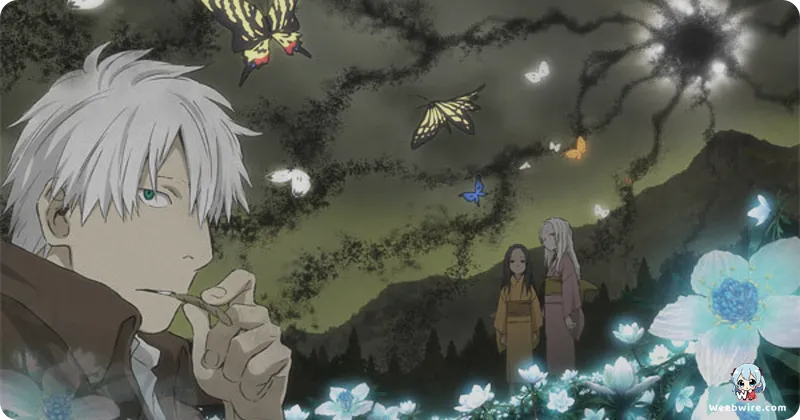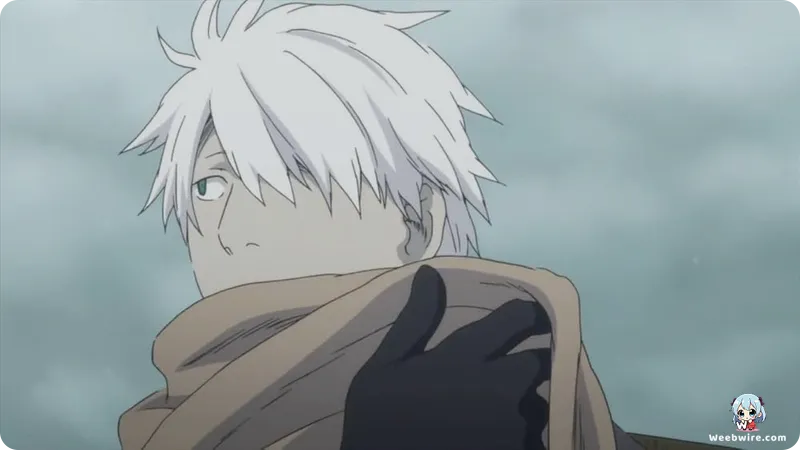Unpacking the Biology of Fear: Essential Lore and Production Secrets Behind Mushishi's Revered 2014 OVA Return

The Ecological Foundation of Mushi
The world of Mushishi, notably celebrated in the stunning 2014 OVAs including "The Sunless Shore" and "The Path of Thorns," transcends a simple supernatural narrative. It stands as a masterclass in ecological horror seamlessly merged with contemplative slice-of-life storytelling. For viewers accustomed to standard fantasy tropes, the core mechanics of this adaptation, based on Yuki Urushibara’s seminal manga, reveal fascinating truths about its unique philosophical depth and enduring reverence nearly a decade after its major return to the screen.
To truly appreciate this achievement, one must understand the biological classification that underpins its entire structure. Contrary to expectations, the Mushi are not traditional ghosts, demons, or curses. They are defined as the most elemental forms of life, existing on a plane closer to the planet's vital life force than typical flora or fauna. This elevates the series beyond basic ghost stories, placing it firmly in the realm of sophisticated ecological fiction.
Ginko, the itinerant expert, consistently clarifies that Mushi are simply part of the natural order an often-invisible biological element. Their actions are devoid of malice; they merely exist, and their existence occasionally results in phenomena devastating to human communities. This crucial emphasis on detached biology and environmental interaction, rather than moral conflict or spiritual exorcism, stands as a defining pillar of the franchise’s profound psychological appeal, reflecting Urushibara’s grounding inspiration drawn directly from observations of nature and the environment.
Fidelity in Production and Sound Design
The meticulous production philosophy employed by Studio Artland, especially during the 2014 OVAs that successfully bridged the gap between the original series and Mushishi Zoku Shou, underscores their unwavering commitment to fidelity. The team painstakingly maintained the manga's characteristic deliberate pacing and profound quietude. This dedication shines brightest in the sound design an often overlooked but critical component.
Rejecting the typical bombastic scores found in conflict-driven anime, Mushishi submerges the audience in ambient reality. The crisp rustle of leaves, the distant calls of nature, the measured rhythm of Ginko’s travels these auditory elements are flawlessly engineered to create an immersive, often melancholy, soundscape. Composer Toshio Masuda’s score is intentionally restrained, surfacing only to amplify moments of tragic realization, allowing natural silence to shoulder the majority of the emotional weight. This sophisticated auditory technique transforms the OVAs into transcendent sensory experiences.

Ginko: The Biological Magnet
Furthermore, the protagonist himself, Ginko, embodies the series' central conflict. His iconic appearance the striking white hair, piercing green eyes, and ever-present cigarette is not merely stylistic. It is the permanent scar left by a near-fatal childhood encounter with a powerful Mushi, the Kouki (the light of life), which subsequently stripped him of his original name.
Crucially, this incident turned him into a biological magnet for Mushi. This tragic necessity dictates his lonely, ceaseless wandering; remaining in one place would inevitably endanger the human population nearby. His detached, professional demeanor is a survival mechanism, a requisite emotional and physical distance required to protect both himself and others from the constant, invisible biological threat he unwittingly attracts. The success of these 2014 episodes, showcasing Mushi effects ranging from shadow-dwelling consequences to psychological memory alteration, reaffirmed the enduring demand for Mushishi's quiet, contemplative excellence in the modern anime landscape.
Credits
Mushishi
Author
Yuki Urushibara
Cover Art
Yuki Urushibara
Studio
Artland
Publisher
Kodansha
Producers





